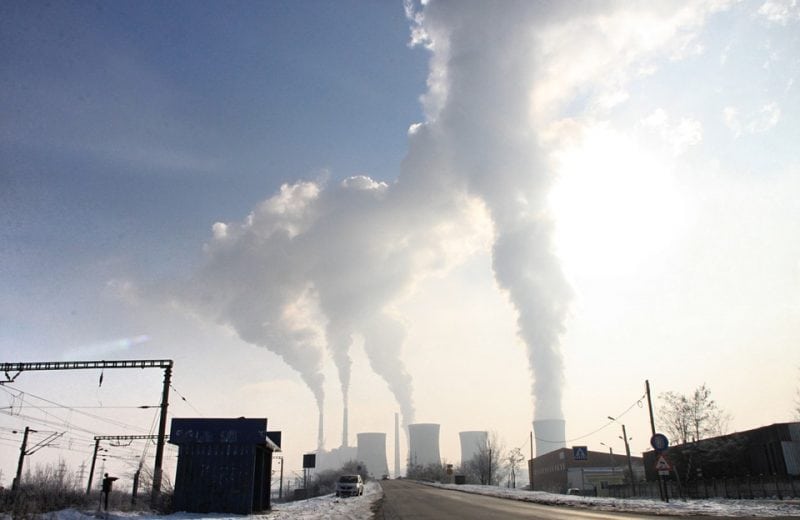
The decline in carbon dioxide emissions in the United States between 2007 and 2013 is actually more complex than previously thought. During that period, carbon dioxide emissions from United States energy use decreased sharply and unexpectedly, after rising for nearly two decades. At the end of the six-year period, U.S. annual carbon dioxide emissions had fallen by 11 percent– a drop the nation hadn’t experienced since the 1979 oil crisis.
Experts have typically attributed this decline to two factors: the drop in energy demand during the recession that began in 2007 and the surge in inexpensive natural gas that displaced coal in the energy mix during the same time. However, they missed another critical influence that hastened the decline in emissions just as much: the rapid rise in renewable energy production.
Between 2007 and 2013, wind-generated electricity grew nearly five times, to 168 terawatt hours, enough to power 15 million average American homes, while utility-scale solar grew to 8.7 TWh. During the same period, bioenergy production grew to 4,800 trillion BTUs, or 39 percent, which includes biofuels in the transportation sector.
In “Factoring in the forgotten role of renewables in CO2 emission trends using decomposition analysis,” a paper recently published in Energy Policy, Environmental Defense Fund economists Kristina Mohlin and Jonathan Camuzeaux worked with Adrian Muller, Marius Schneider, and Gernot Wagner, utilizing a method called decomposition analysis to determine just how much of that growth precipitated the decline in carbon dioxide emissions in the United States .
In order to identify the contribution of each energy source to the observed decrease in overall CO2-emissions, the authors utilized decomposition analysis, an established method that allowed them to separate the different factors of influence. This analysis provides researchers with an approach for how to explicitly separate renewables from natural gas to determine their impact on CO2-emissions. For this analysis, the authors considered the following factors: total energy demand, the share of gas in the fossil fuel mix (capturing the switch from coal and petroleum to gas), and the share of renewables and nuclear energy in total energy production.
The authors found that of the total 640 million metric ton (Mt) decrease (11%) between 2007 and 2013, two-thirds resulted from changes in the composition of the U.S. energy mix (with the remaining third due to a decline in primary energy demand). Of that amount, renewables contributed roughly 200 Mt reductions, nearly one-third of the total drop in energy CO2 emissions — about the same as the contribution of the coal and petroleum-to-gas switch (215 Mt). In comparison, increases in nuclear generation contributed a relatively minor 35 Mt.
Mohlin et. al demonstrate in this analysis that the growth of renewable energy sources accounted for 31 percent of that 640-million metric ton carbon drop during the period — something that was largely unrecognized in the existing literature.
While the switch from coal to natural gas contributed to the drop in emissions, there’s another issue to consider: methane leakage. Leaks along the natural gas supply chain are undermining the climate benefits from the growth of natural gas, and the extent of these leaks is likely underestimated in national greenhouse gas emission inventories.
However, it is clear that incentives to promote a greater expansion of renewable energy capacity aided in the reduction of carbon dioxide emissions between 2007 and 2013. As the costs for renewable energy decrease, the potential for continued growth in the renewables sector — and the subsequent drop in carbon dioxide emissions — look promising.
These findings are described in the article entitled Factoring in the forgotten role of renewables in CO2 emission trends using decomposition analysis, recently published in the journal Energy Policy. This work was conducted by Kristina Mohlin and Jonathan R.Camuzeaux from the Environmental Defense Fund, Adrian Muller from the Swiss Federal Institute of Technology Zurich, Marius Schneider from the South Pole Group, and Gernot Wagner from the Harvard University Center for the Environment.









